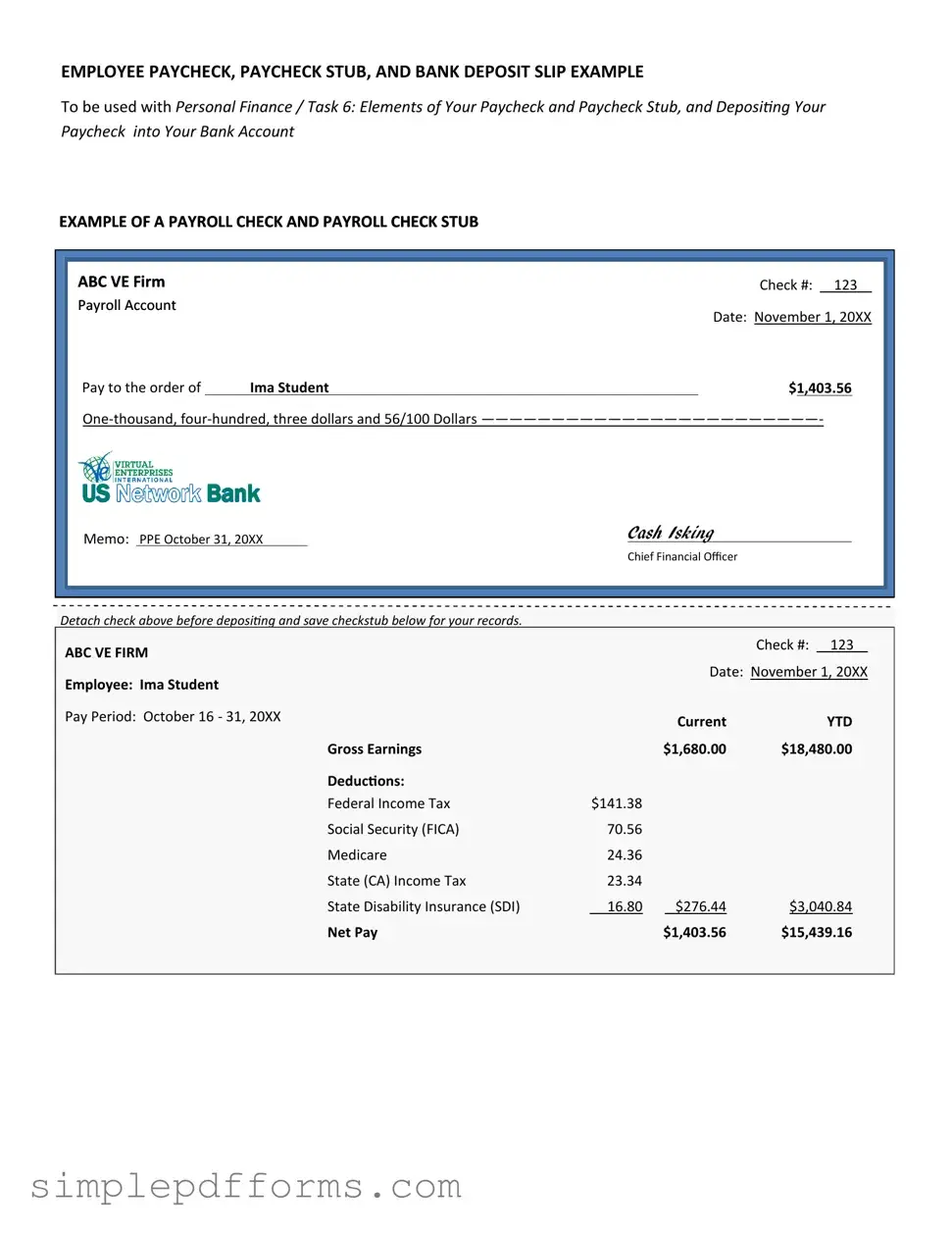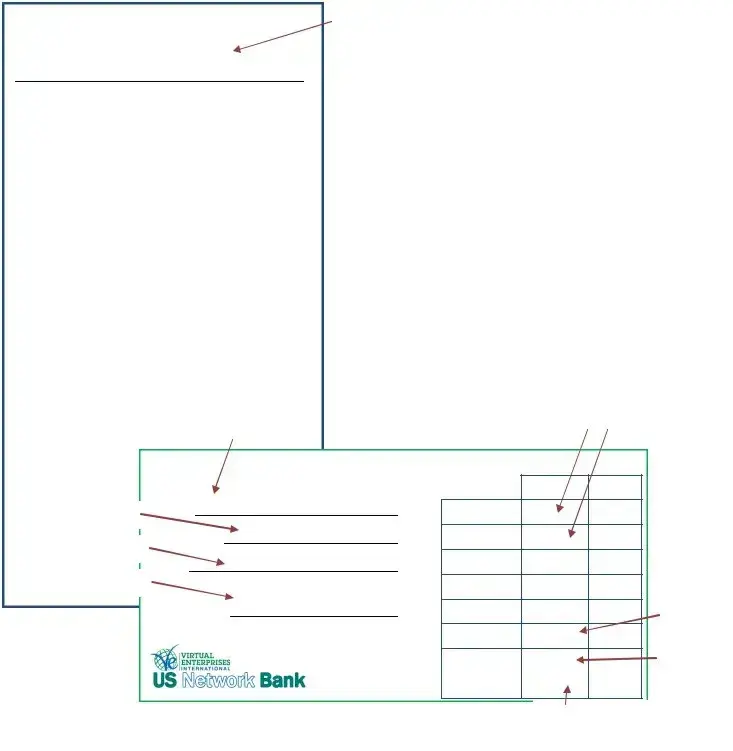Completing a Payroll Check form accurately is crucial for ensuring that employees receive their correct compensation. However, many individuals make common mistakes that can lead to delays or errors in payroll processing. Understanding these pitfalls can help streamline the process and avoid unnecessary complications.
One frequent error is incorrect employee information. This can include misspellings of names, wrong social security numbers, or outdated addresses. Such inaccuracies can result in tax issues or delays in receiving paychecks. Always double-check this information before submission to ensure it matches official documents.
Another mistake involves miscalculating hours worked. Employees may forget to include overtime or fail to account for unpaid leave. Accurate tracking of hours is essential, as discrepancies can lead to underpayment or overpayment, both of which can create significant problems for payroll departments.
In addition, some individuals neglect to account for deductions. This includes taxes, retirement contributions, and health insurance premiums. Failing to include these deductions can lead to employees receiving incorrect amounts, which could affect their financial planning and tax liabilities.
Additionally, not adhering to submission deadlines is a common oversight. Payroll departments often have strict timelines for processing checks. Late submissions can cause delays in payment, resulting in employee dissatisfaction and potential issues with compliance.
Another mistake is failing to review the completed form before submission. Rushing through the process can lead to overlooked errors. A thorough review can catch mistakes that might otherwise go unnoticed, ensuring that the form is filled out correctly.
Lastly, some individuals do not keep a copy of the submitted Payroll Check form. This can be problematic if discrepancies arise later. Maintaining a record provides a reference point for both employees and payroll staff, aiding in the resolution of any issues that may occur.


